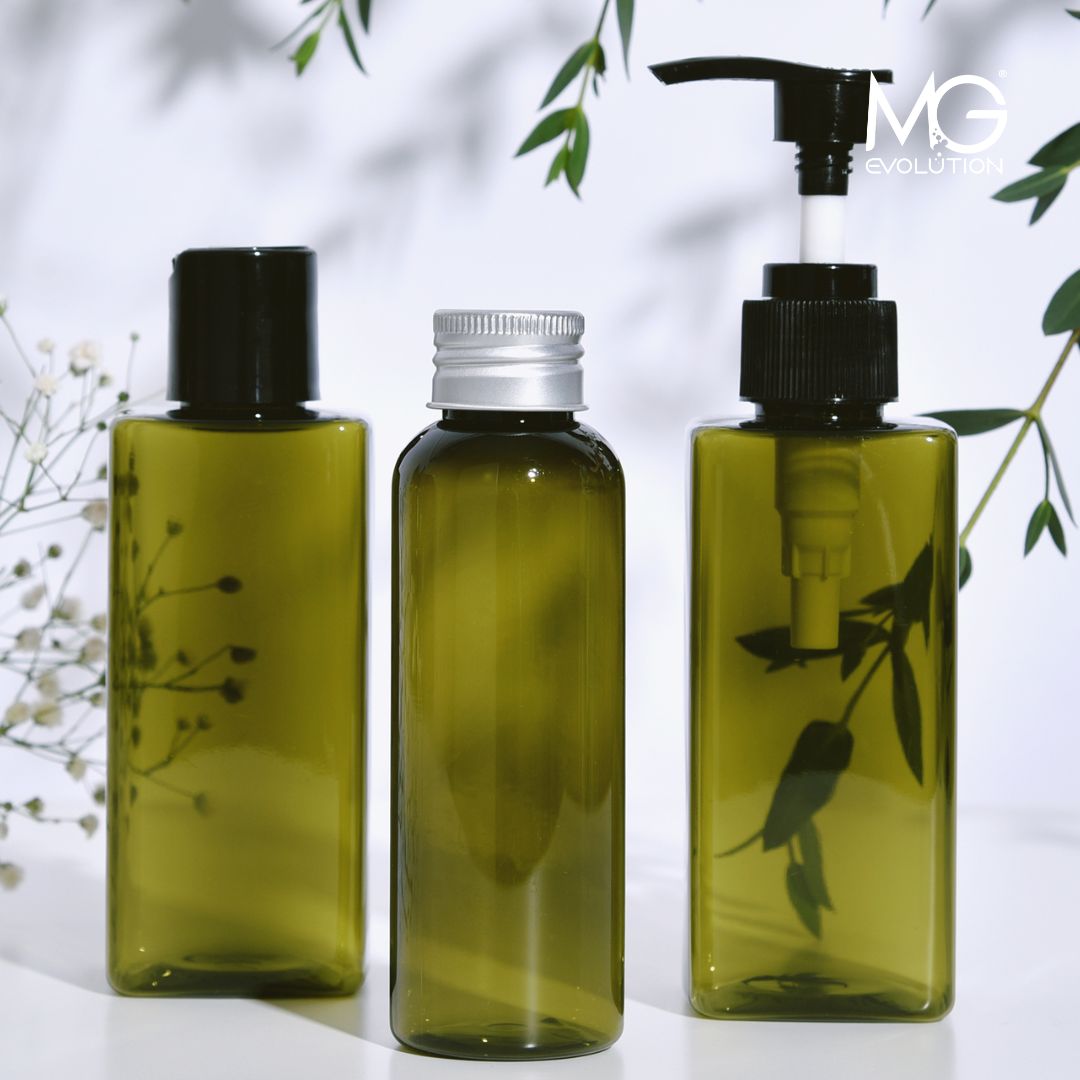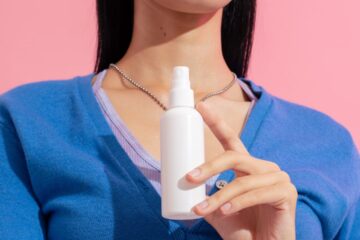The cosmetics industry in Europe is facing significant changes in packaging design and usage. The new EU Packaging and Packaging Waste Regulation (PPWR), approved by member states, introduces a series of requirements that will affect how cosmetic brands design their products. This regulation replaces Directive 94/62/EC, which has been in force since 1994, aligning the rules with modern challenges related to the circular economy and waste minimization.
🔹 Key Changes Introduced by PPWR🔹
1. Recycling Obligations and Design for Recycling
Starting in 2030, all cosmetic packaging must meet harmonized recycling criteria, and by 2035, additional requirements related to design for recycling will apply. This means that brands will need to follow clear guidelines on material composition and ease of processing.
2. Use of Recycled Materials in Packaging
PPWR mandates the use of recycled materials in packaging production. Cosmetics are classified as “sensitive” products, meaning they will have slightly less strict requirements regarding the percentage of recycled content. This is due to the need for high safety standards and the limited availability of high-purity recycled materials.
3. Packaging Minimization and Process Documentation
The cosmetics industry must demonstrate that its packaging is essential and optimized for material use. Companies will be required to document efforts to minimize packaging according to specified criteria.
4. New Packaging Labeling Requirements
Every cosmetic package must include mandatory labels providing information on sorting and reuse options. Standardizing these labels across the EU will help consumers manage waste responsibly.
5. Restrictions on Certain Packaging Formats
PPWR introduces restrictions on the use of certain types of packaging, including miniature hotel cosmetics. From 2030, these products will be phased out, forcing the hospitality industry to implement more sustainable alternatives.
6. Reuse of Bulk and Transport Packaging
Cosmetic companies will need to adopt reusable bulk and transport packaging, impacting supply chains and logistics.
7. Limits on Biodegradable and Compostable Packaging
PPWR imposes restrictions on the use of biodegradable and compostable packaging, which may influence the strategies of brands that aim to use such materials.
🔹 PPWR and Sustainable Development Goals 🔹
The new regulations align with the EU’s broader strategy for a circular economy and emissions reduction. Key goals include:
🔹 Increasing collection of single-use packaging – By 2029, 90% of plastic and metal beverage containers must be collected separately, e.g., through deposit return systems.
🔹 Reducing packaging waste – By 2030, packaging waste per capita in the EU must decrease by 5% compared to 2018, by 10% by 2035, and by 15% by 2040.
🔹 How Should the Cosmetics Industry Prepare?🔹
The Polish Union of the Cosmetics Industry (PZPK) actively participated in discussions on PPWR, advocating for transition periods beneficial to the industry. Key challenges for cosmetics manufacturers include:
🔹 Adapting packaging design to new recycling criteria.
🔹 Securing access to high-quality recycled materials, which is particularly challenging for “sensitive” cosmetic products.
🔹 Developing labeling strategies based on EU standards.
🔹 Minimizing and optimizing packaging in line with new requirements.
PPWR compels the cosmetics industry to innovate, presenting both challenges and opportunities for implementing more sustainable and efficient packaging solutions.




